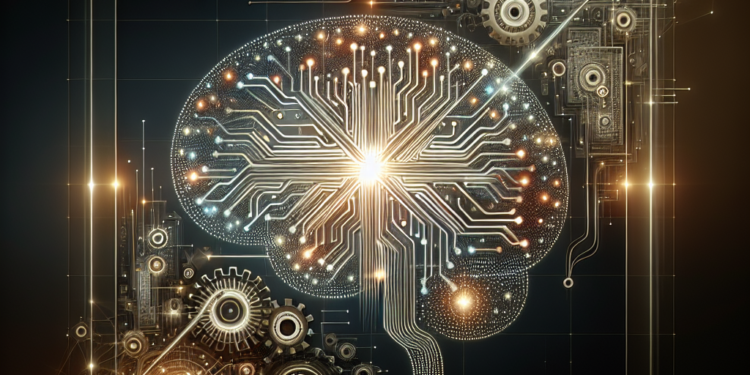Artificial Intelligence (AI) has become an integral part of many industries, from healthcare to finance, and from transportation to marketing. As AI technologies continue to advance, businesses are increasingly looking for ways to optimize their AI systems to enhance performance and efficiency. AI optimization involves the use of techniques and strategies to improve the accuracy, speed, and scalability of AI algorithms and models.
There are several key techniques and strategies that can be used to optimize AI systems, including hyperparameter tuning, model compression, and parallel computing. In this article, we will explore these techniques in detail and discuss how they can be applied to improve the performance of AI algorithms.
Hyperparameter tuning is a critical part of AI optimization, as it involves adjusting the parameters of an AI model to optimize its performance. Hyperparameters are adjustable variables that determine the behavior and performance of a machine learning model, such as the learning rate, batch size, and number of layers in a neural network. By tuning these hyperparameters, researchers can improve the accuracy and efficiency of AI models.
One common technique for hyperparameter tuning is grid search, which involves testing a range of hyperparameter values and selecting the combination that produces the best results. Another approach is random search, which selects random hyperparameter values within a specified range and evaluates their performance. Both of these techniques can help researchers identify the optimal hyperparameters for their AI models.
Model compression is another important technique for AI optimization, as it involves reducing the size of a machine learning model without sacrificing performance. This is particularly important for deploying AI models on resource-constrained devices, such as smartphones and IoT devices. By compressing models, researchers can improve inference speed and reduce memory usage, making AI systems more efficient and scalable.
There are several techniques for model compression, such as pruning, quantization, and knowledge distillation. Pruning involves removing redundant connections and neurons from a neural network to reduce its size. Quantization involves converting the weights of a model from floating-point to fixed-point numbers, which can significantly reduce memory usage. Knowledge distillation involves training a smaller model to mimic the behavior of a larger model, allowing researchers to create compact and efficient AI systems.
Parallel computing is another key strategy for AI optimization, as it involves distributing computations across multiple processors or devices to speed up training and inference. Parallel computing can significantly reduce the time it takes to train AI models, allowing researchers to experiment with larger datasets and more complex algorithms. By leveraging parallel computing, businesses can improve the scalability and performance of their AI systems.
There are several parallel computing techniques that can be used for AI optimization, such as data parallelism, model parallelism, and pipeline parallelism. Data parallelism involves splitting the training data across multiple processors and computing gradients in parallel. Model parallelism involves distributing different parts of a neural network across multiple devices and computing activations in parallel. Pipeline parallelism involves breaking down the computation of a neural network into stages and processing them simultaneously.
In addition to these techniques, there are several other strategies that can be used to optimize AI systems, such as transfer learning, autoML, and reinforcement learning. Transfer learning involves leveraging pre-trained models to accelerate the training of new models, allowing researchers to build more accurate AI systems with less data. AutoML involves automating the process of designing and training machine learning models, allowing researchers to quickly experiment with different algorithms and hyperparameters. Reinforcement learning involves training AI systems to optimize their performance through trial and error, allowing researchers to build more adaptive and intelligent algorithms.
In conclusion, AI optimization is a critical process for improving the performance and efficiency of AI systems. By using techniques such as hyperparameter tuning, model compression, and parallel computing, researchers can enhance the accuracy, speed, and scalability of their AI algorithms. With the rapid advancement of AI technologies, businesses must continue to explore new techniques and strategies for optimizing their AI systems to stay competitive in the digital age.













